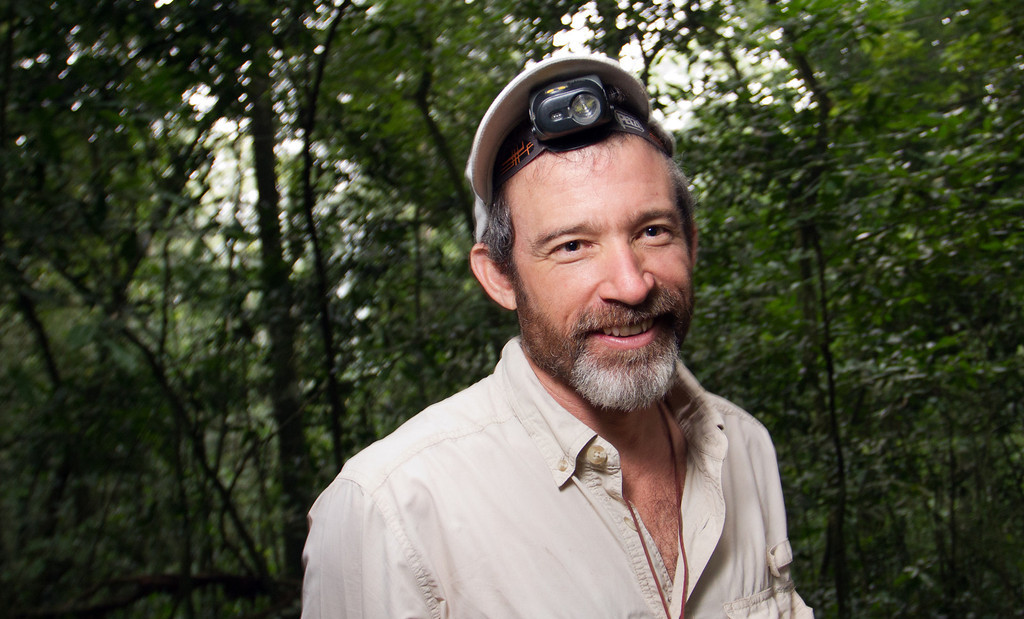Three of this week’s five days have been devoted to issues specific to ladies and high time too after all those many, many penis posts.
Jennifer’s sustained rant against peri-menopause, let alone menopause (reminding me of a sign on my agent’s wall, I’m Out of Estrogen and I Have a Gun), ends with a beautifully-thought-out Master Plan.
Craig is in his wayback machine again, going through the Eocene, Miocene, Pleistocene until yes, there in the corner, yes, is a small, armed bunch of the first people.
Cassie ponders an electronic bra that tracks fitness — a technology one never expected to encounter — and decides it’s just the latest gadget that far surpasses our need for it.
Rose finds another technology one never expected to enounter, gadgets for monitoring the flow of your menstrual period. They make menopause look good.
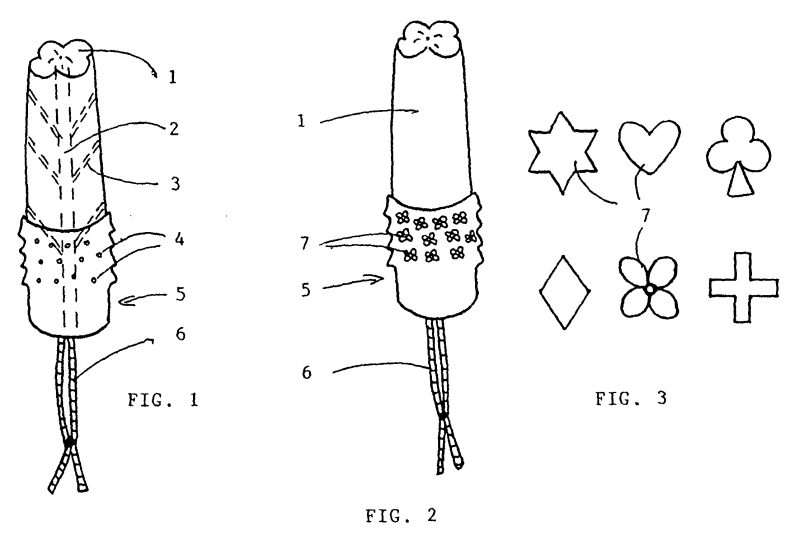
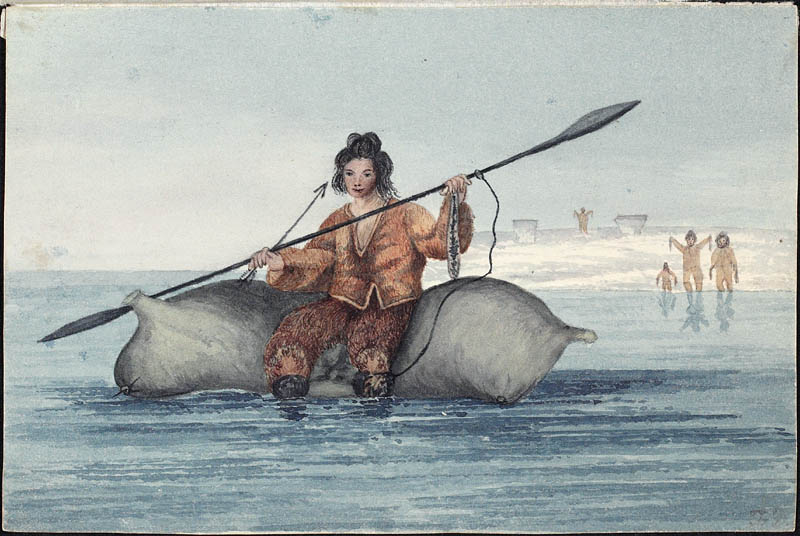
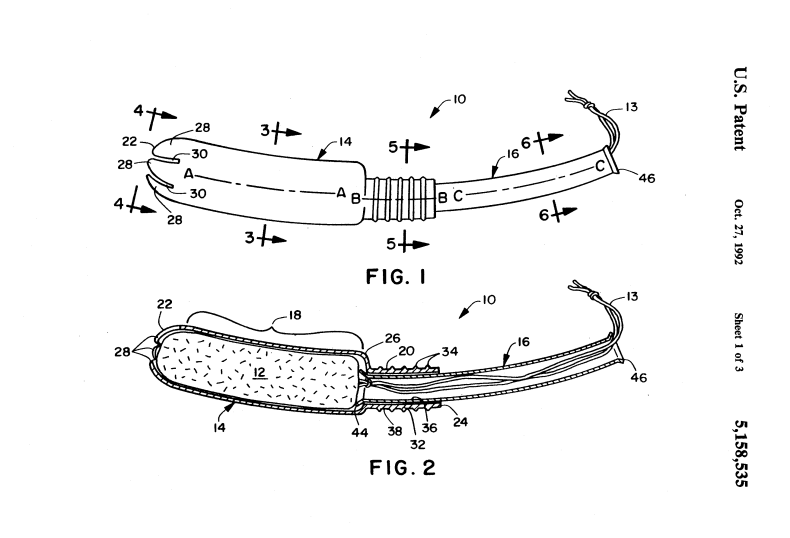
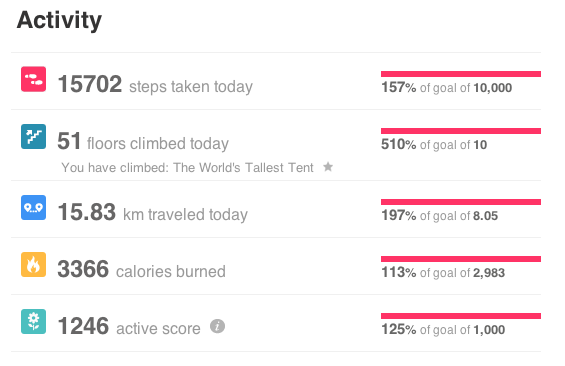
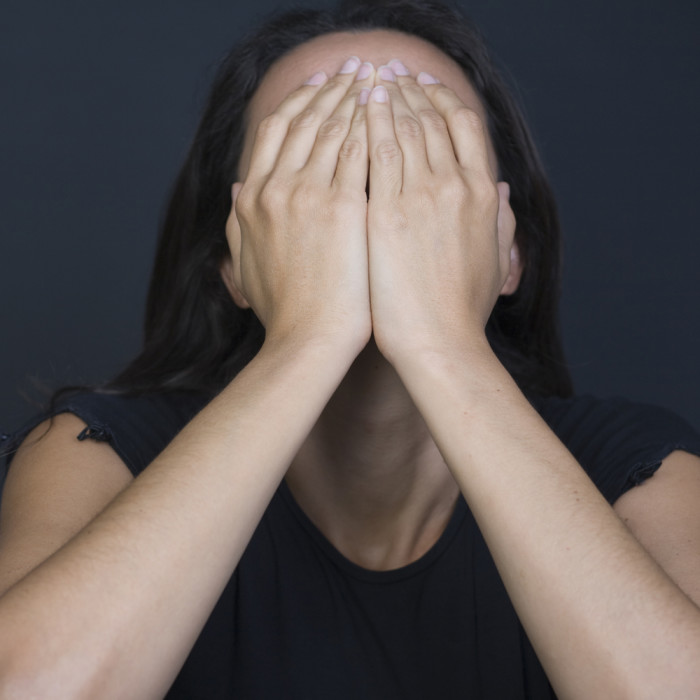
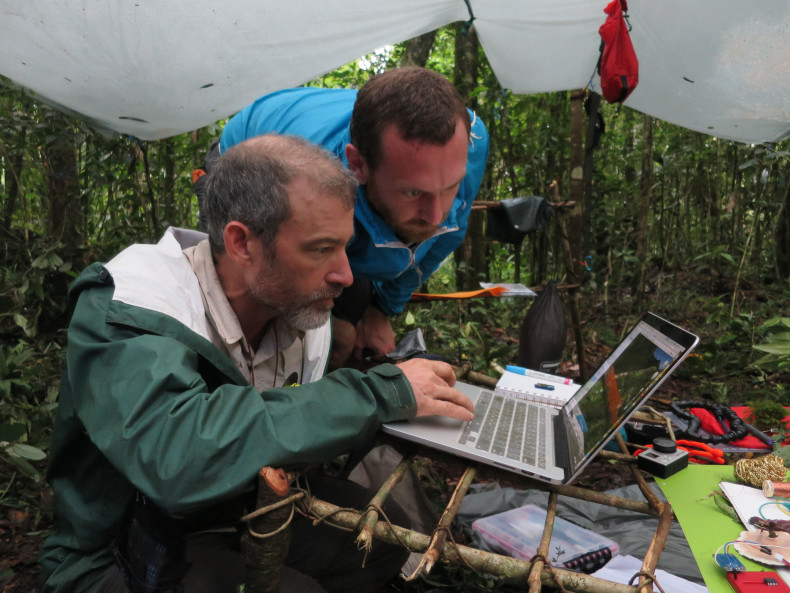
 Two years ago this winter, I was trying to figure out why the high tide seems to usually fall on winter mornings where I live, and the low tide on winter evenings. I
Two years ago this winter, I was trying to figure out why the high tide seems to usually fall on winter mornings where I live, and the low tide on winter evenings. I 